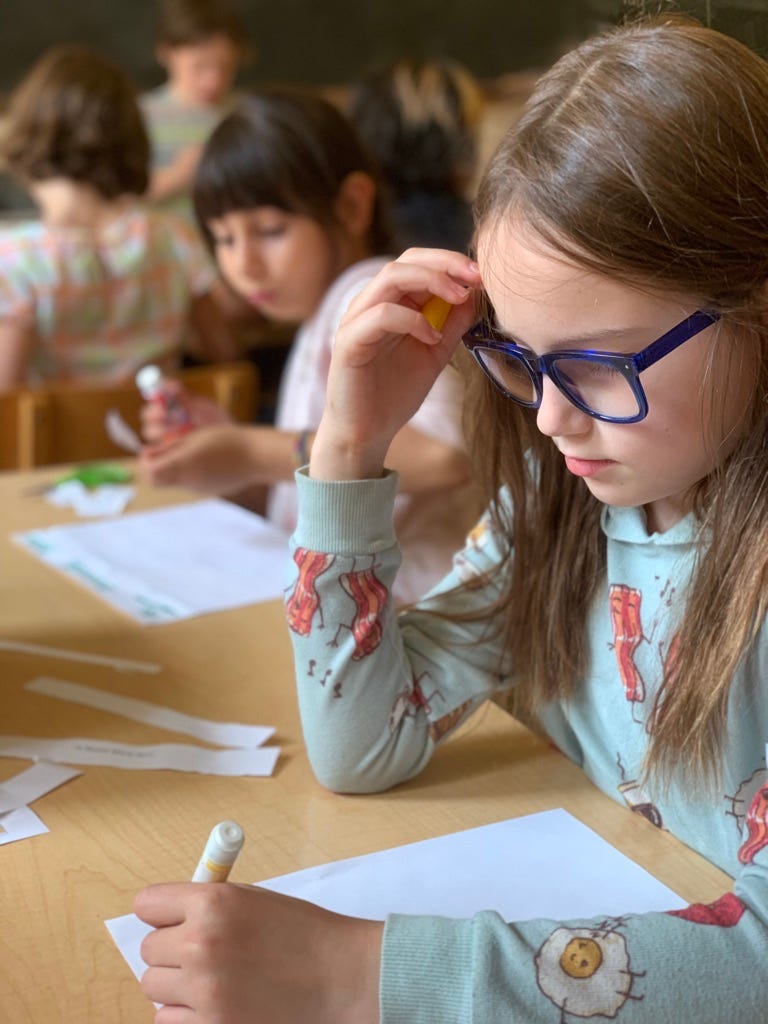✍️ Projects: An exercise in balance
How to create a positive independent learning experience
Odds are that when you look back on your own education, the experiences that stand out most are either field trips or projects. It’s true, those moments when we are immersed in the subject at hand, diving deep and exploring a topic motivated by our own interest, are pretty memorable.
For me, one of those memories is of my fifth-grade president report on Abraham Lincoln. I so distinctly remember reading about young Abraham staying up late and studying by candlelight, just as the power went out in my house and I lit candles of my own. Me and Abe, we go way back.
As teachers, though, we know that not all students embrace these opportunities in the same way. And though some students are chomping at the bit and can’t wait to follow their interests and research, most need us to create a clear path forward. So in those middle grades, when projects present so much potential for learning, I err on the side of caution and give students a very clear structure to work within.
I figure that those who know what they want to learn about and have a clear picture of how to make that happen can go ahead and do that—moving beyond the clear structure I create—but those who need direction have it.
The project/report that is really ideal for creating a structure like this is the 5th-grade geography report. You can get a better sense of what that looks like in my full 5th Grade Geography Curriculum Guide, but the gist of it is that I check out from the library a state book from the same series for every student. Even though they’re about different states, those books all follow the same structure. I then created weekly assignments based on the structure of the book.
Students were walked through the process very clearly. Each week, all they had to do was look at the section of the book for that week, read it, and answer the questions on the assignment.
As students got older, I loosened up the structure, allowing for (and requiring) more independent initiative. In every report, there were plenty of opportunities for individual creativity.
This approach worked well with the 4th-grade animal report, and though the resources will vary, you can use a similar structure for biography reports in 6th grade, too.
If you’re a paid member, hit the link below to see one of the assignments in my 5th-grade state report. Or get my 5th-grade geography curriculum guide to see the whole process.
How have you found success working with projects and reports with students? Share your experiences in the comments.
Keep reading with a 7-day free trial
Subscribe to Waldorf at Work to keep reading this post and get 7 days of free access to the full post archives.




